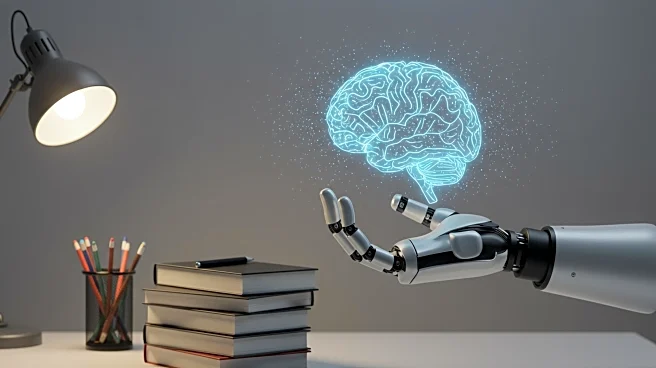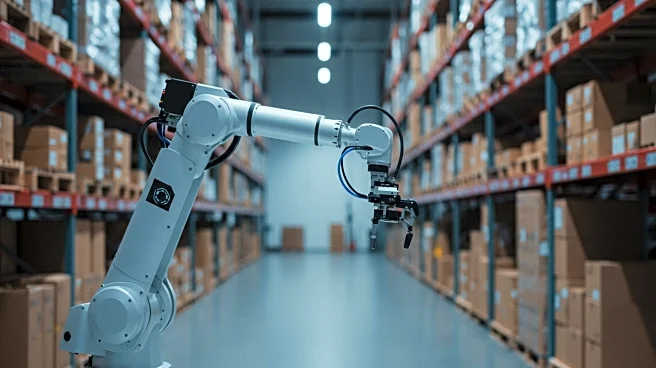What's Happening?
John Stankey, CEO of AT&T, is actively working to realign the company towards a growth trajectory after a challenging decade marked by strategic missteps and the impact of the COVID-19 pandemic. Stankey's leadership is seen as crucial in navigating AT&T through the evolving landscape of new technologies such as artificial intelligence and automation, which are reshaping industries globally. In recent years, AT&T has faced difficulties due to past acquisitions like DirecTV and WarnerMedia, which diverted the company from its core operations. Stankey's recent memo to managers and executives emphasizes a return to business fundamentals, urging employees to adapt to the new normal or seek opportunities elsewhere. This approach reflects a broader trend among major corporations, including Amazon, Apple, and Meta, which are also encouraging a return to traditional workplace dynamics.
Why It's Important?
The strategic shift led by John Stankey at AT&T is significant as it highlights the broader challenges and opportunities faced by large corporations in adapting to technological advancements. The emphasis on AI and automation presents both a threat and an opportunity for workforce dynamics, potentially leading to job reductions but also offering avenues for innovation and efficiency. This move is crucial for AT&T to regain investor confidence and maintain competitive advantage in the telecommunications sector. The outcome of Stankey's leadership could set a precedent for other companies grappling with similar challenges, influencing corporate strategies and labor relations across industries.
What's Next?
As AT&T continues to implement Stankey's vision, the company may face resistance from employees accustomed to the flexibility of remote work. The challenge will be to balance technological integration with workforce satisfaction, potentially requiring compromises to maintain morale and productivity. The broader industry will be watching closely to see if AT&T's approach leads to sustainable growth and if other companies will adopt similar strategies. The ongoing evolution of workplace norms and the role of technology in business operations will remain key areas of focus.
Beyond the Headlines
The push towards a more structured corporate environment raises ethical and cultural questions about the future of work. As AI and automation become more prevalent, companies must consider the implications for job security and employee well-being. The potential for AI to replace human roles could lead to significant societal shifts, necessitating discussions on retraining and upskilling the workforce to adapt to new realities.











